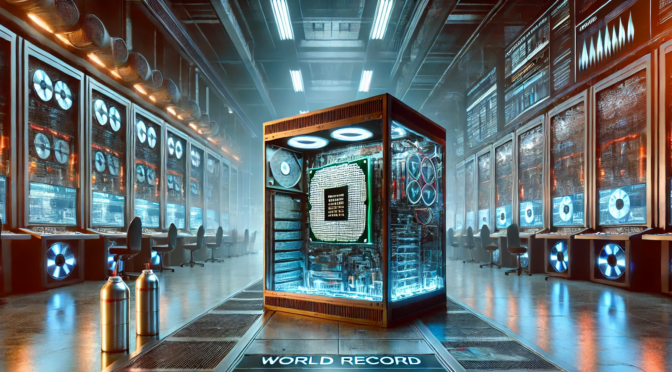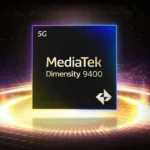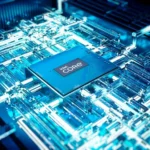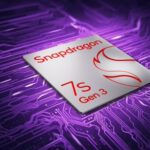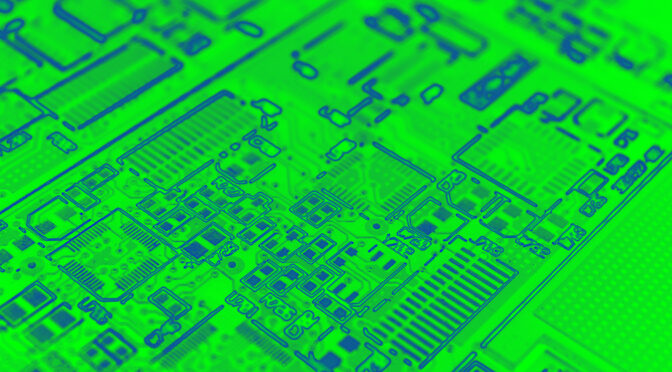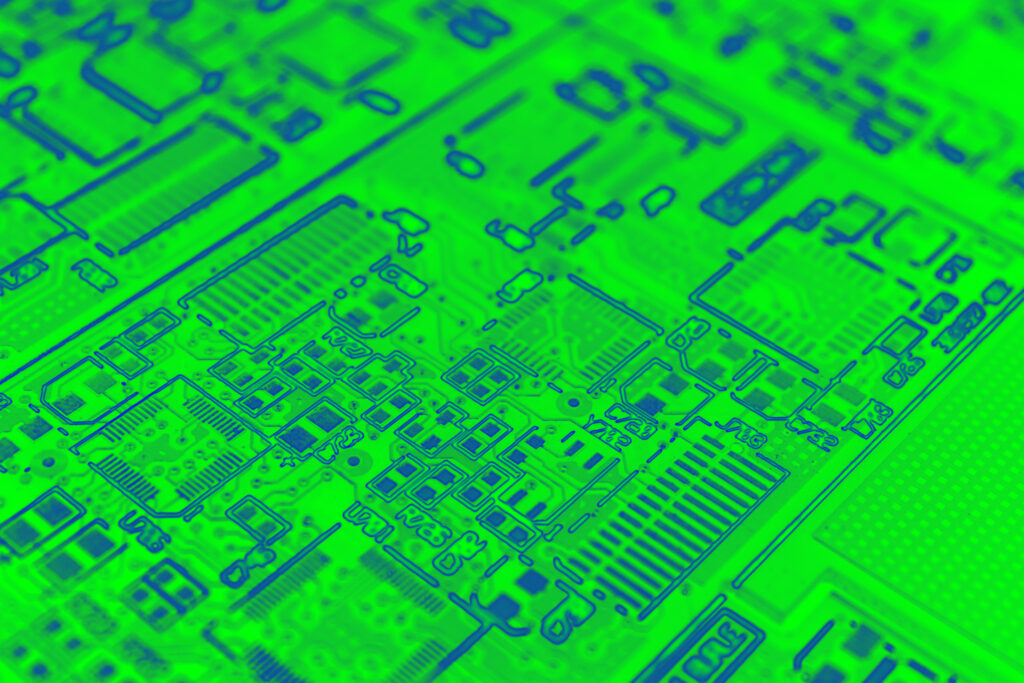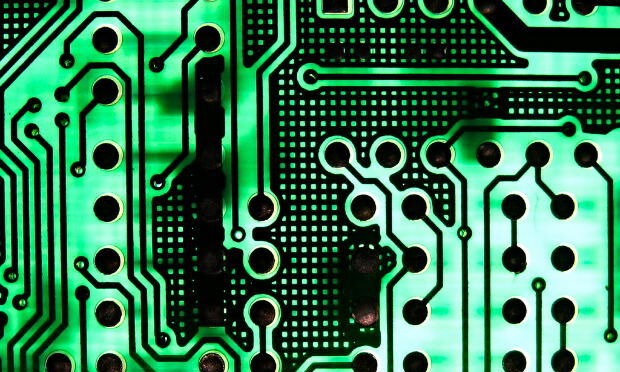[Image by TeX9.net]New World Record: AMD Ryzen 9 9950X Outshines the Competition
Before even hitting the market, the AMD Ryzen 9 9950X has shattered records, solidifying its position as a powerhouse among processors worldwide and sets new world record. Chinese overclocker Tony Yu pushed this 16-core giant to new heights in Cinebench R23, achieving an astonishing 55,327 multicore points, surpassing the previous record held by its predecessor, the Ryzen 9 7950X.
The AMD Ryzen 9 9950X has already claimed its first title, even though it’s not yet officially on sale. Chinese overclocker Tony Yu set new records for a 16-core processor in Cinebench R23 with this chip.
After its predecessor, the Ryzen 9 7950X, led the charts for nearly two years, the AMD Ryzen 9 9950X now tops the Cinebench benchmark rankings. Tech influencer Tony Yu achieved an impressive 55,327 multicore points with the processor. AMD’s internal overclocking team had previously reached similar, albeit slightly lower, scores.
The AMD Ryzen 9 9950X typically operates at 4.3 GHz. For the record, Tony Yu naturally boosted the frequency, first to 5 GHz, then to 6 GHz, and finally to 6.5 GHz. He managed to break the predecessor’s record at the middle setting.
Such performance is not achievable with standard means. To elevate the CPU to this level, he had to use liquid nitrogen for cooling. This method is common in extreme overclocking attempts, temporarily lowering temperatures to -165 degrees Celsius.
The new Ryzen processors will hit the market soon. Sales start in August with the Ryzen 5 9600X and the Ryzen 7 9700X. A week later, the Ryzen 9 9900X and the aforementioned Ryzen 9 9950X will follow. The computer processors were originally scheduled for an earlier release but had to be delayed due to a typographical error.
